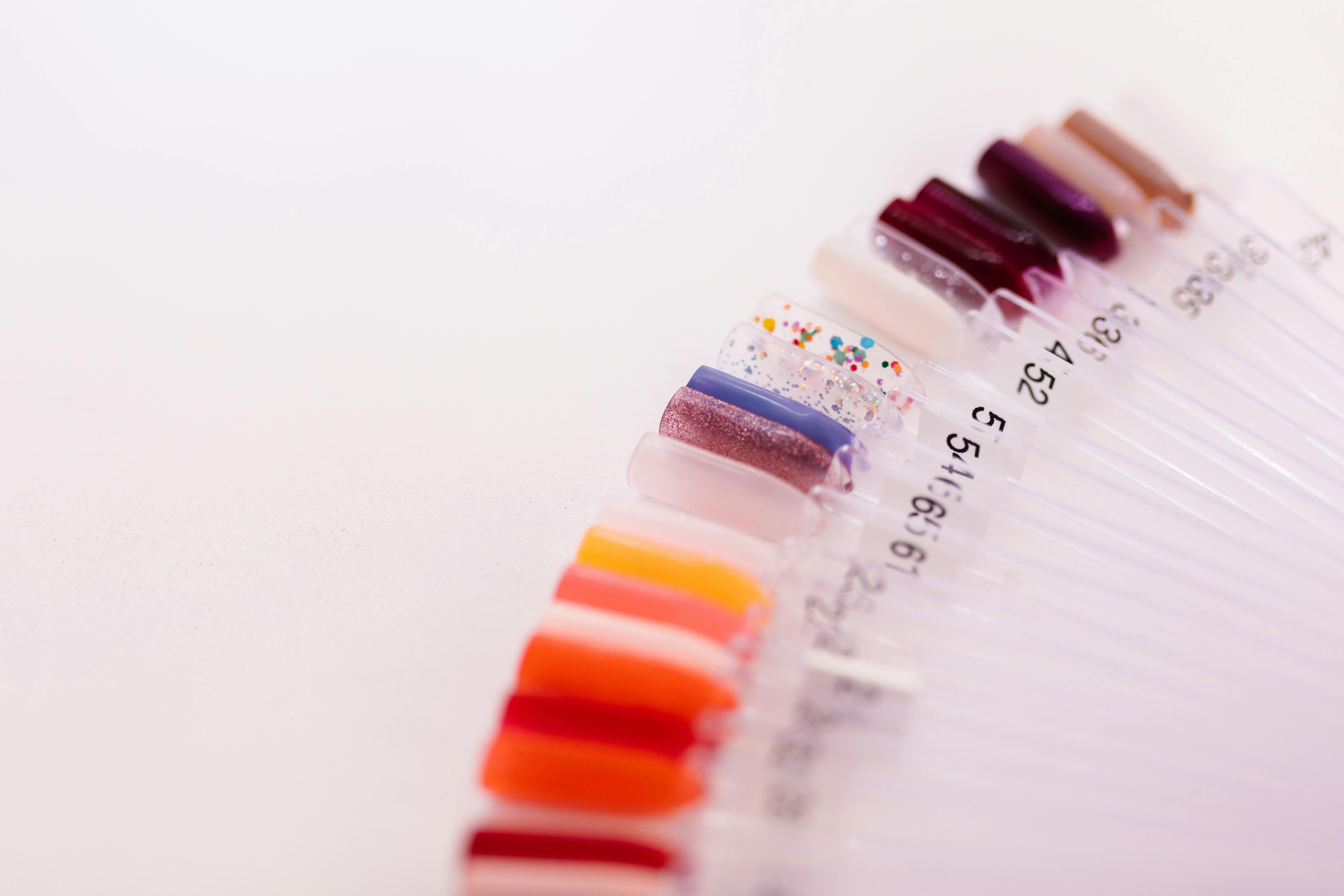BACKGROUND
Triphenyl Phosphate (CAS No. 204-112-2, EC No. 115-86-6) is not currently regulated under the Cosmetic Regulation (EC) No. 1223/2009. It is included in the European database for information on cosmetic substances and ingredients (CosIng) with the reported function of ‘plasticiser’, meaning that it is used to soften or make supple various synthetic polymers that otherwise could not be easily deformed, spread or worked out. Triphenyl Phosphate is used in nail products, including nail polishes, enamels or manicuring preparations, but it has additional functions as fire retardant and plasticizer in various industrial and other consumer materials.
In 2019, the European Commission issued a call for data on a list of potential substances with endocrine disrupting (ED) properties in cosmetics, a list containing Triphenyl Phosphate.
During the call for data, stakeholders submitted scientific evidence to demonstrate the safety of Triphenyl Phosphate as a plasticiser in nail products. The Commission requested the SCCS to carry out a safety assessment on Triphenyl Phosphate in view of the information provided.
The Commission requested the SCCS to carry out a safety assessment on Triphenyl Phosphate in view of the information provided.
WHAT’S NEW?
In light of the information provided, the SCCS published its preliminary opinion, stating that it is not possible to conclude on the safety of Triphenyl Phosphate because the data regarding the lack of induction of chromosomal damage is questionable and a recent study raised concerns regarding clastogenicity in vitro. Therefore, the genotoxic potential cannot be excluded.
The assessment did not cover the safety of Triphenyl Phosphate for the environment.
The opinion is open for comments until June 2, 2024.
REFERENCES














